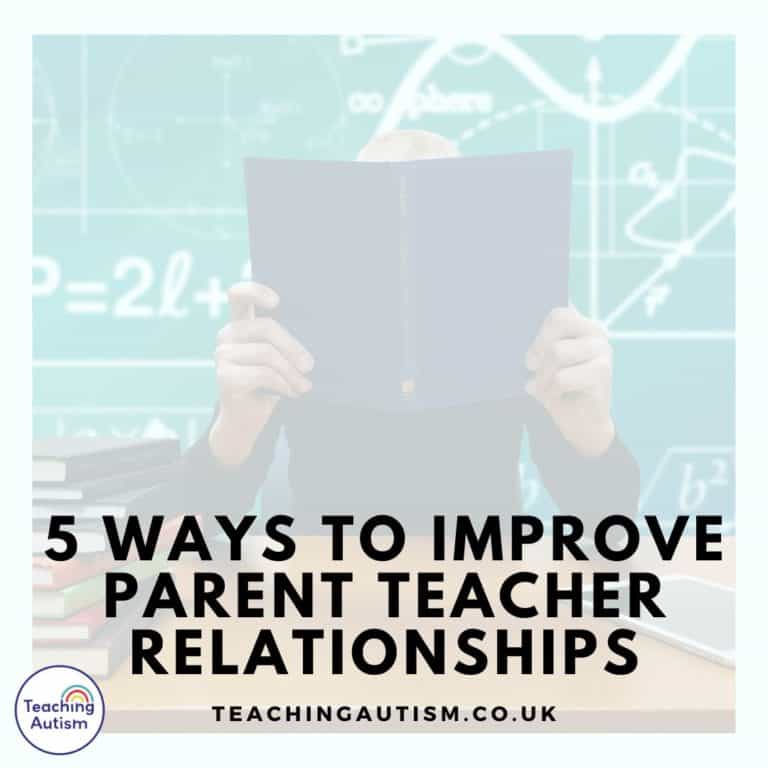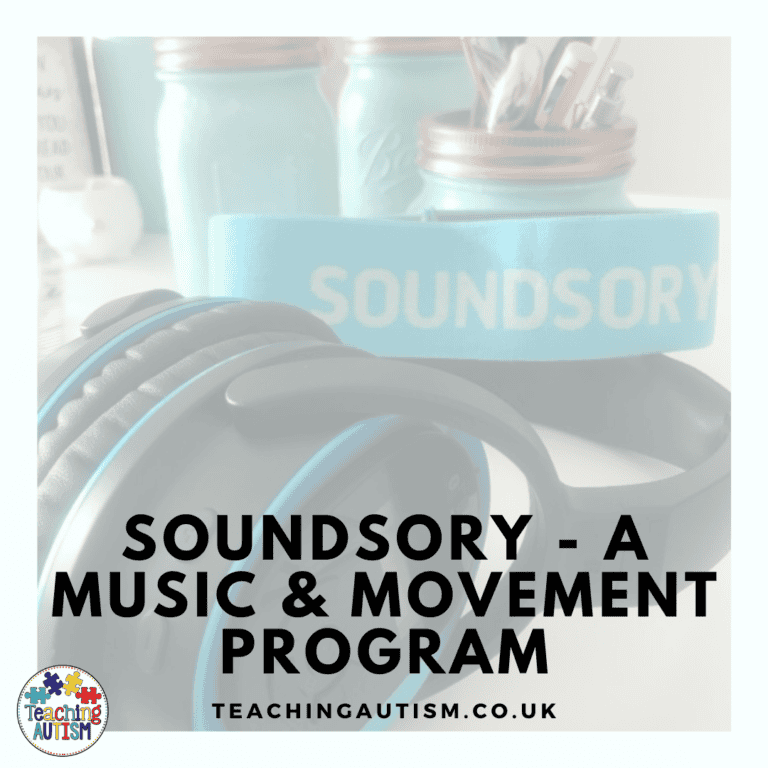How to Create a Sensory Room at Home
How to Create a Sensory Room at Home (Without Turning Your House Upside Down)
So you’ve got a sensory-seeking kiddo at home, and you’ve been Googling things like “DIY sensory room” or “calm corner ideas” at 2am while stepping over a pile of weighted blankets and fidget toys. I see you. And I’ve got your back.
The good news? You don’t need to dedicate an entire room or spend thousands of pounds/dollars to make a space that supports your child’s sensory needs. With a few intentional touches (and yep, a couple Amazon finds), you can create a sensory-friendly space that helps regulate, calm, and recharge your child and makes your home feel a little more peaceful too.
Let’s break it down!
This blog post may contain affiliate links. This means that if you purchase an item through my affiliate link, I may receive a % of commission at no extra cost to you. This helps support me, my family and my blog to bring you great content for free!
First… What Is a Sensory Room?
A sensory room (or sensory space or calm corner) is a dedicated area that supports your child’s sensory needs. It could be a whole room, a section of the bedroom, or even a cozy corner in the living room. The goal? To create a safe, soothing, and regulating space that helps your child feel grounded, whether they’re overstimulated, under-stimulated, or just need a sensory “reset.”
Why Create a Sensory Space at Home?
Having a sensory space at home can make a huge difference, not just for your child, but for the whole family. It gives your child a dedicated, safe environment to regulate their body and emotions without judgment or pressure. Whether they’re overstimulated from a busy day, need to recharge after school, or just want a quiet spot to spin a fidget and decompress, this space becomes a trusted tool in their routine. It can help reduce meltdowns, improve self-regulation, support focus, and even boost sleep. Plus, it empowers your child to recognize their own needs and advocate for themselves, a skill that will benefit them for life.
Step 1: Choose the Right Space
This could be:
- A spare room
- A corner of a bedroom or playroom
- A closet you clean out and convert (yep, sensory nooks can be magical)
- A sectioned-off space in your living room with a room divider or curtain
Look for a spot that’s quiet, low-traffic, and has enough room for your child to move around safely.
Step 2: Soft, Safe Flooring
You’ll want flooring that’s comfy and easy to clean, especially if your child is barefoot a lot or enjoys jumping, rolling, or crashing.
Amazon Picks:
- Interlocking foam mats – soft and squishy underfoot, easy to wipe down.
- Faux fur or shaggy rugs – perfect for cozy nooks (just watch for shedding or chewing).
- Crash mats or foldable gym mats – for those who love to bounce, tumble, or flop!
Bonus tip: darker colors hide messes better 😉
Step 3: Wall and Window Considerations
You don’t need to repaint unless you want to, but think soft, neutral tones or calming colors like blues and greens. You can also add texture!
Ideas:
- Sensory wall panels for tactile interest
- Bubble wrap or Velcro strips for a sensory wall
- Weighted blackout curtains – regulate light and reduce noise
- Sequin wall panel
- Sensory wall mirror
- Rainbow activity wall panel
- Busy board wall panel
If your child is sensitive to sound, soft wall hangings or felt boards can also help absorb noise and reduce echo.
Step 4: Lighting Makes a Huge Difference
Avoid harsh overhead lighting if you can. Go for dimmable, color-changing, or twinkle lights instead.
Amazon Favorites:
- LED bubble tube lamp – soothing and mesmerizing
- Galaxy projector – creates a calm, dreamy vibe
- Battery-operated fairy lights – wrap around shelves or walls for soft sparkle
- Touch or tap lights – great for kids who need control over their space
Keep it low and soft, and consider red or warm-colored bulbs for calm-down areas.
Step 5: Must-Have Sensory Items
Now the fun part, filling the space with regulating, engaging, and calming tools. Choose based on what your child seeks or avoids.
Movement + Pressure:
- Weighted blanket
- Peanut ball or yoga ball
- Indoor swing or hanging pod chair
- Body sock – proprioceptive heaven!
Tactile:
Calming:
- Noise-canceling headphones
- Essential oil diffuser with calming scents
- Lava lamp – classic for a reason!
Visual:
- Liquid motion timers
- Color-changing light panels
- Bubble poppers, mirrors, or spinning light toys are fun, engaging, and regulating.
Bonus Tip: Use Storage that Makes Sense
Sensory spaces can get cluttered fast, especially when your child decides everything must come out right now. Keep it simple with:
- Cube organizers
- Clear bins with labels or picture symbols
- Hanging wall baskets for small fidgets or sensory tools
Let your child help organize, give them ownership over their space!
Keep It Neuro-Affirming
The goal isn’t to fix, calm down, or “normalise” sensory behavior, it’s to create a space where your child feels safe to be themselves.
A sensory room isn’t a time-out spot. It’s a time-in space. Somewhere your child can feel soothed, supported, and in control of their sensory world. You don’t need to spend a fortune or make it Pinterest-perfect. Just focus on what your child loves, needs, and responds to.
Creating a sensory space at home doesn’t have to mean building a therapy gym in your garage. Even a small, quiet corner with a few well-chosen supports can make a huge difference in your child’s regulation and overall wellbeing.
Start small. Follow your child’s lead. And remember: you know your child best.
Have a favorite sensory item or DIY hack? I’d love to hear about it! Drop a comment below and let’s keep supporting each other on this journey.
If you found this blog post helpful please consider sharing it with your friends and colleagues on social media.
Helpful Links
You may also be interested in;
- How to Support Parents After an Autism Diagnosis
- Travel Tips for Neurodivergent Families
- Free AngelSense Tracker
- 5 Life Skills at Home
P.S. Have you signed up for my VIP membership yet? If not, head on over and sign up now. You’ll get access to hundreds and hundreds of resources, templates, crafts and more being uploaded every month!
Nikki








2 Comments